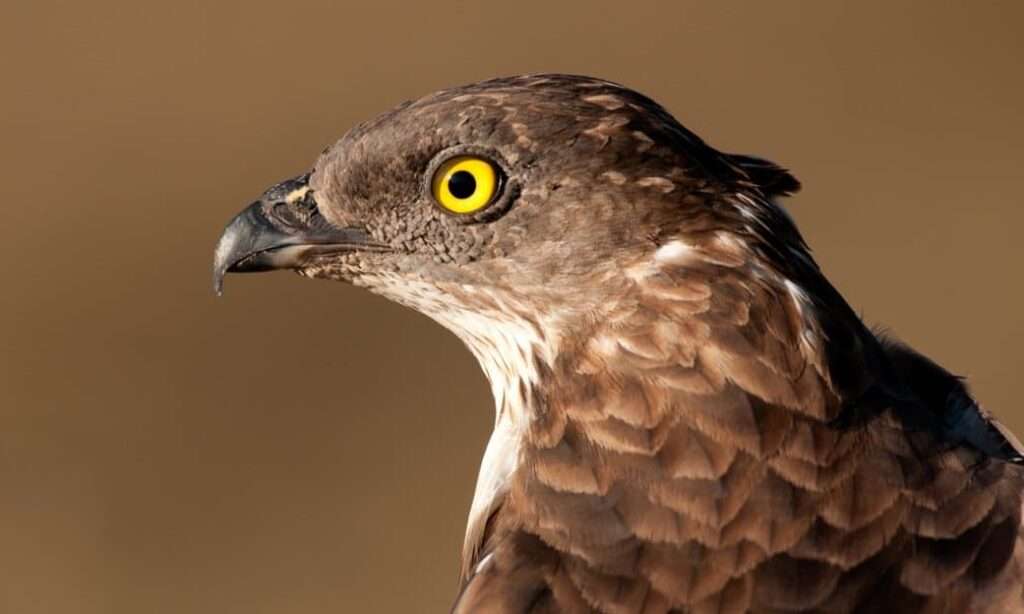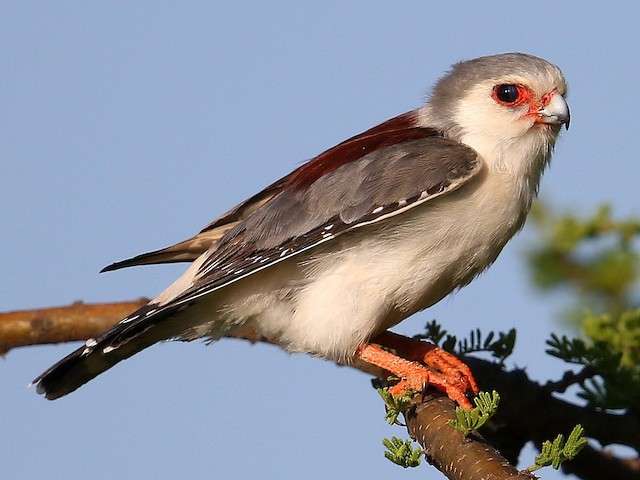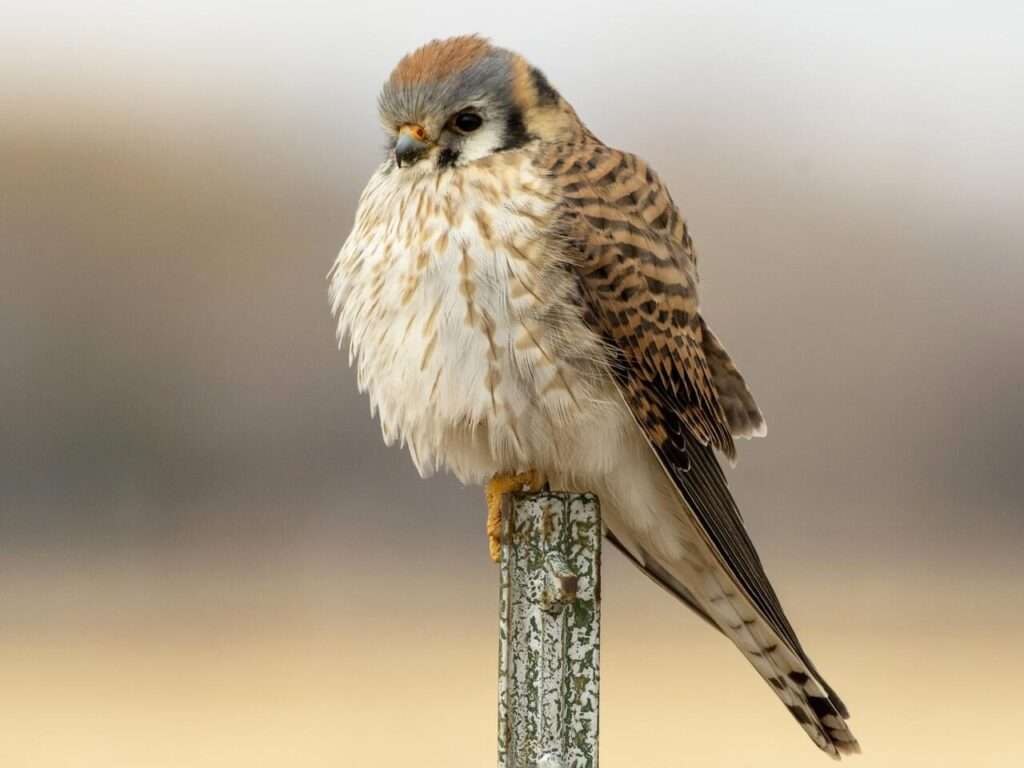
Description
Life span: Up to 9 years
With a 135 to 150 centimeter (53–59 in) wingspan, the honey buzzard is bigger and longer-winged than the common buzzard. It soars on flat wings and has a longer neck and smaller head. Compared to the Buteo buzzard, it has a longer tail with fewer bars, usually two thin black bars and a large dark subterminal bar. It is unusual for a huge bird of prey to be able to tell the sexes apart just on plumage. The female has a brown head, while the male has a blue-grey one. Males are lighter and slightly larger than females.
Native Region/Habitat
The western Palearctic region, which includes most of Europe and southwestern Siberia, is where the honey buzzard spends the summer. Unknown, but thought to be in the Tomsk-Novosibirsk-Barnaul region, is the eastern area boundary. Although it can be found in many settings, it favours wooded areas and foreign plantations. It departs for tropical Africa during the winter months in Europe.

Behavior
Because of physical modifications, these birds can catch and kill their prey without getting stung. Their legs and feet are covered with thick, overlapping feathers, and their lores are covered in heavy, armor-like scales. They can efficiently catch their prey because of their large, curved bills with extended tips adapted to hold insects securely. They also avoid getting wax or soil from their prey’s nests in their noses because of their tiny nostrils.
These birds are categorized as solitary animals since they prefer to be by themselves. It is well known that during breeding season, these birds form pairs. These birds favor going out on their own to seek and gather food. The European honey buzzard migrates to a warmer environment in small flocks of 20–30 birds during this time.
As a pet/In captivity
The worst idea ever would be to have a European honey buzzard as a pet. Because they are a raptor, they should be released into the wild.
Table





